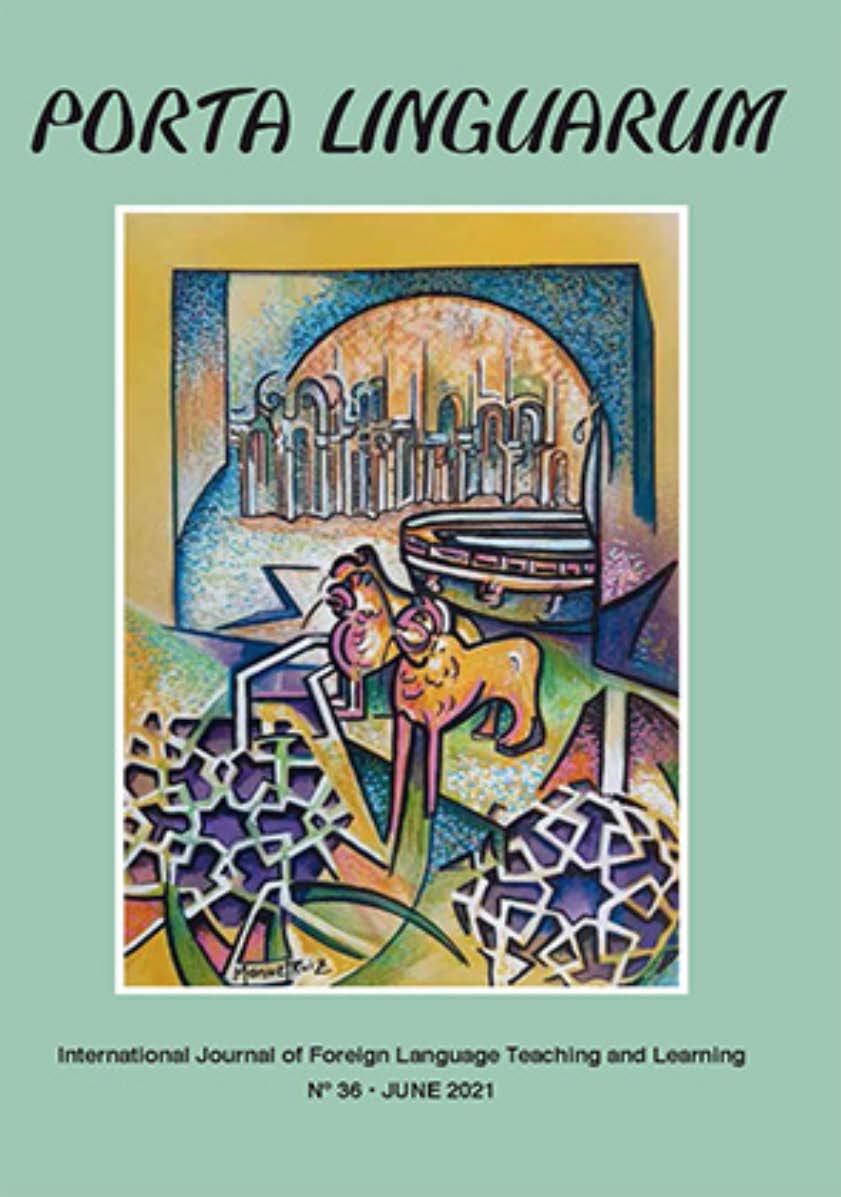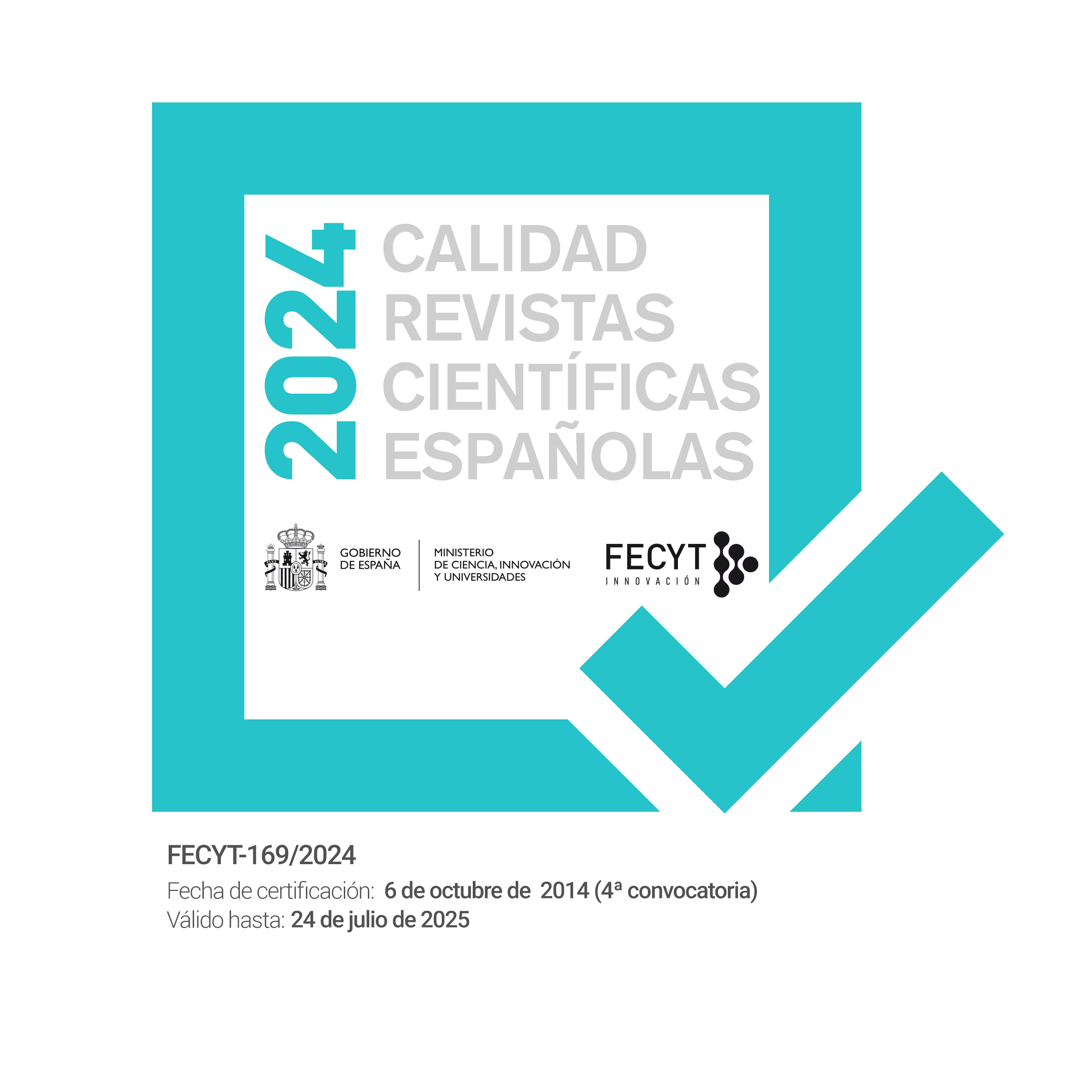Dictogloss or Processing Instruction: Which Works Better on EFL Learners’ Writing Accuracy?
DOI:
https://doi.org/10.30827/portalin.vi36.20909Keywords:
Dictogloss, Processing instruction, Structured input activities, Writing accuracy, Elementary EFL StudentsAbstract
Although many investigations have been carried out into the consequence of applying different approaches to teaching writing, there is still a lack of the empirical comparing research into two influential focus-on-form methods of generating writing accuracy. This study is therefore significant as it is the very first study that compares the relative effects of the two instructional interventions of dictogloss and processing instruction on EFL learners’ writing accuracy. To achieve the abovementioned aim, 56 teenage Iranian participants with elementary level English were homogenized and selected out of 90 learners at a language school, using the results of a piloted sample Key English Test (KET). These participants were randomly divided into two experimental groups with 28 participants in each to practice in one group dictogloss tasks and in the other processing instruction tasks after a pretest. A picture sequence writing task was administered as a posttest at the end of the treatments to both groups. Finally the mean scores of both groups on the posttest were compared through an independent samples t-test. The result rejected the null hypothesis demonstrating that dictogloss could significantly motivate the participants who outperformed the processing instruction group regarding their writing accuracy.
Downloads
References
Abbasian, G. R., & Minagar, N. (2012). PI-based vs. DG-oriented instruction in developing grammar ability and motivation of EFL learners. The Iranian EFL Journal, 8, 94-112.
Cohen, J. (1988). Statistical power analysis for the behavioral sciences (2nd ed.). Hillsdale, NJ: Lawrence Earlbaum Associates.
Harris, D. (1965). Testing English as a second language. Oxford University.
Hashemnezhad, H., & Khalili Zangalani, S. (2012). The effects of processing instruction and traditional instruction on Iranian EFL learners’ writing ability. English Language Teaching, 5, 125-135. doi:10.5539/elt.v5n11p125
Jacobs, G., & Small, J. (2003). Combining dictogloss and cooperative learning to promote language learning. The Reading Matrix 3(1), 1-5.
Kondo, M., Sano, R., Tashiro, A., Noguchi, Y., Kogure, S., Konishi, T., & Itoh, Y. (2010). Development of a dictogloss system oriented for focus on form. Proceedings of ICCE 2010 (pp. 1-16).
Kooshafar, M., Youhanaee, M., & Amirian, Z. (2012). The effect of dictogloss technique on learners’ writing improvement in terms of writing coherent texts. Journal of Language Teaching and Research, 3, 716-721. doi:10.4304/jltr.3.4.716-721
Lee, J. F. & Benati, A. G. (2009). Research and perspectives on processing instruction. Berlin: the Deutsche Nationalbibliothek.
Lee, J. F., & Vanpatten, B. (1995). Making communicative language teaching happen. New York: McGraw-Hill.
Modirkhamene, S., Pouyan, A., & Alavinia, P. (2018). Processing instruction: Learning complex grammar and writing accuracy through structured input activities. Indonesian Journal of Applied Linguistics, 8, 177-188. doi: 10.17509/ijal.v8i1.11479.
Morales, J. L., Myers, C., & Lynam, D. (2009). Hey there 1. Longman-Pearson.
Morgan-Short, K., & Bowden, H. (2006). Processing instruction and meaningful output-based instruction: Effects on second language development. Studies in Second Language Acquisition, 28(1), 31-65. doi: 10.1017/S0272263106060025.
Nguyen, H. (2017). Does dictogloss improve non-English major students’ motivation and grammatical competence? Language education in Asia, 8(1), 84-108. doi:10.5746/LEiA/17/V8/I1/A06/Nguyen.
Nosratinia, M., & Razavi, F. (2016). Writing complexity, accuracy, and fluency among EFL learners: Inspecting their interaction with learners’ degree of creativity. Theory and Practice in Language Studies, 6, 1043-1052.
Onovughe, O. G., & Olubunmi, O. T. (2018). Dictogloss strategy and listening comprehension performance of secondary school students. International Journal of Education and Research, 6, 225-236.
Pertiwi, D., Ngadiso, & Drajati, N. A. (2018). The effect of dictogloss technique on the students’ writing skill. Studies in English Language and Education, 5(2), 279-293.
Qin, J. (2008). The effect of processing instruction and dictogloss tasks on acquisition of the English passive voice. Sage Publications, 12, 61-82. doi: 10.1177/1362168807084494.
Rashtchi. M., & Khosroabadi. P. (2009). The comparative effect of explicit focus on form and dictogloss task on learning English tenses. JELS, 1, 101-114.
Smith, K. M. (2011). Dictogloss: A multi-skill task for accuracy in writing through cooperative learning. Teachers Helping Teachers, 69-80.
Vanpatten, B. (Ed.). (2004). Processing instruction: Theory, research, and commentary. Second Language Acquisition Research, Lawrence Erlbaum Association.
Wajnryb, R. (1995). Grammar dictation. Oxford University.



















